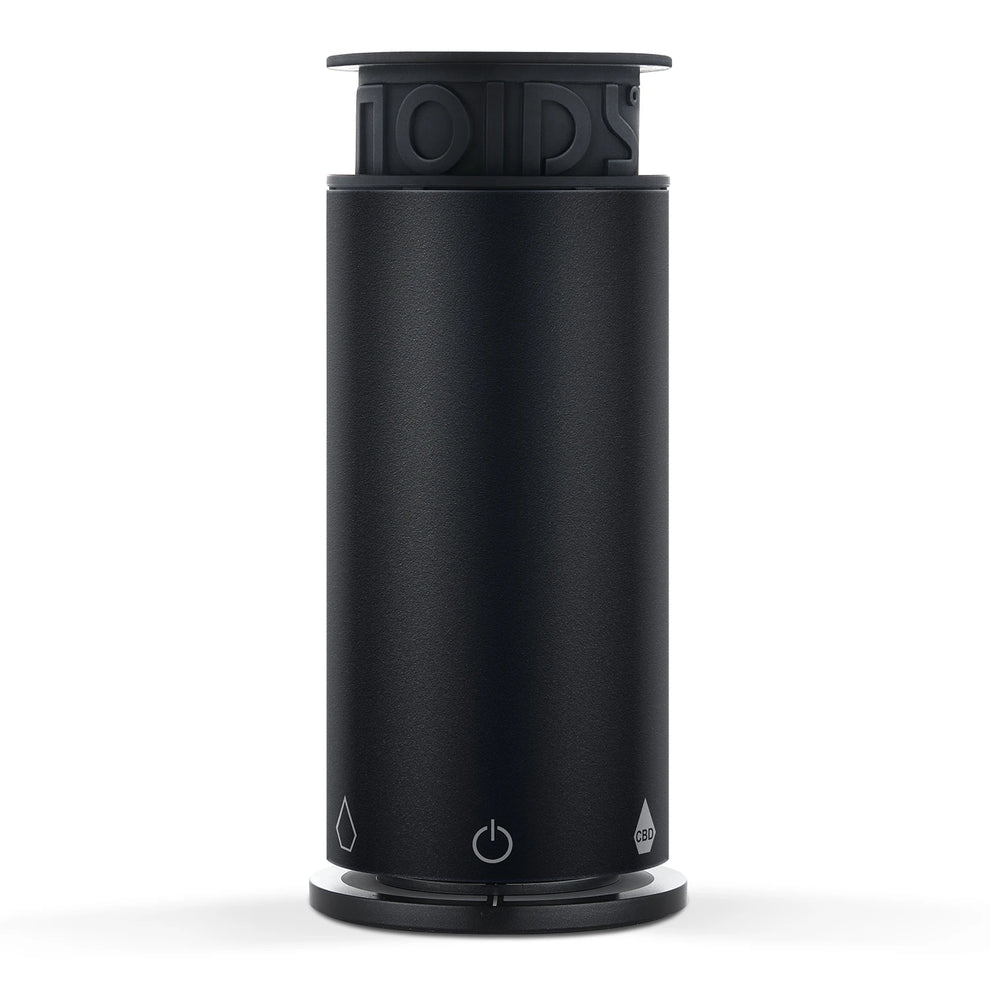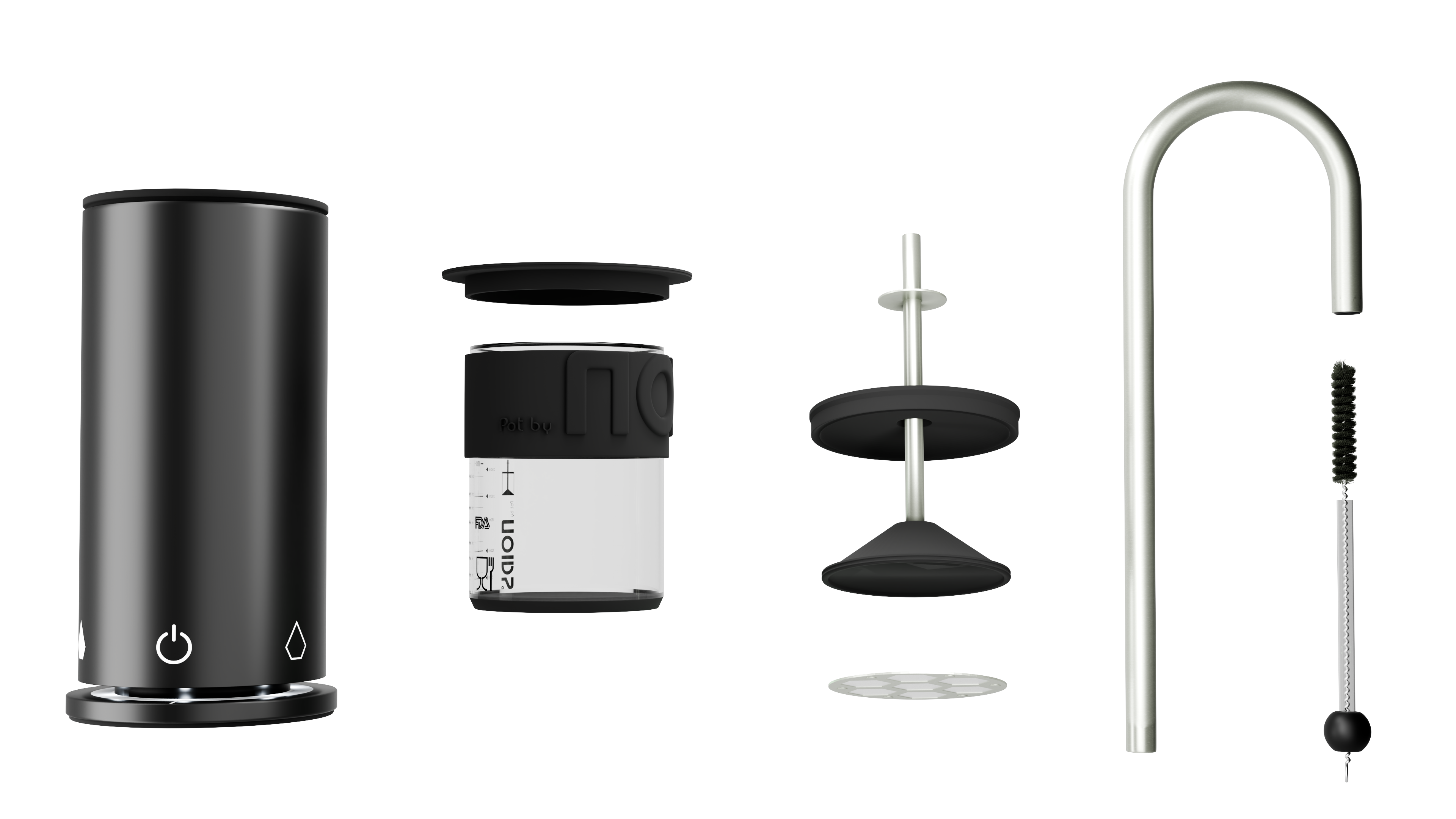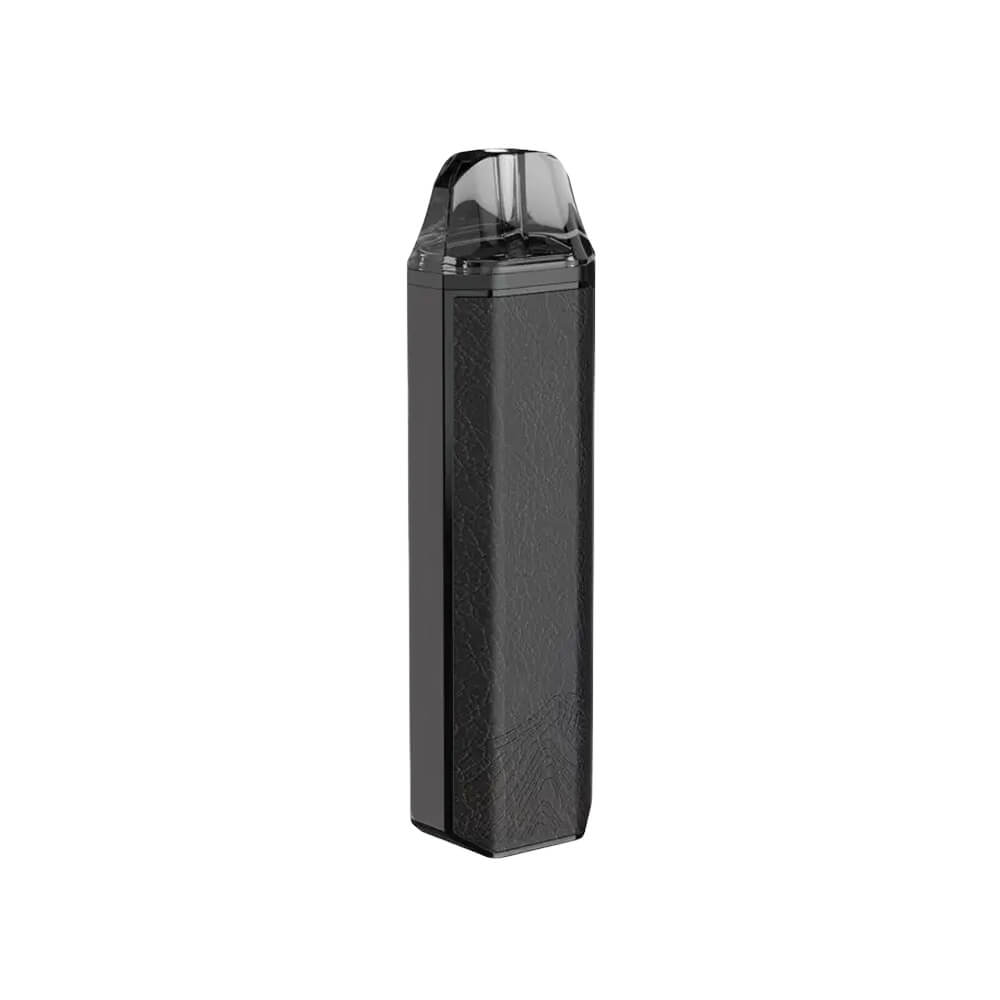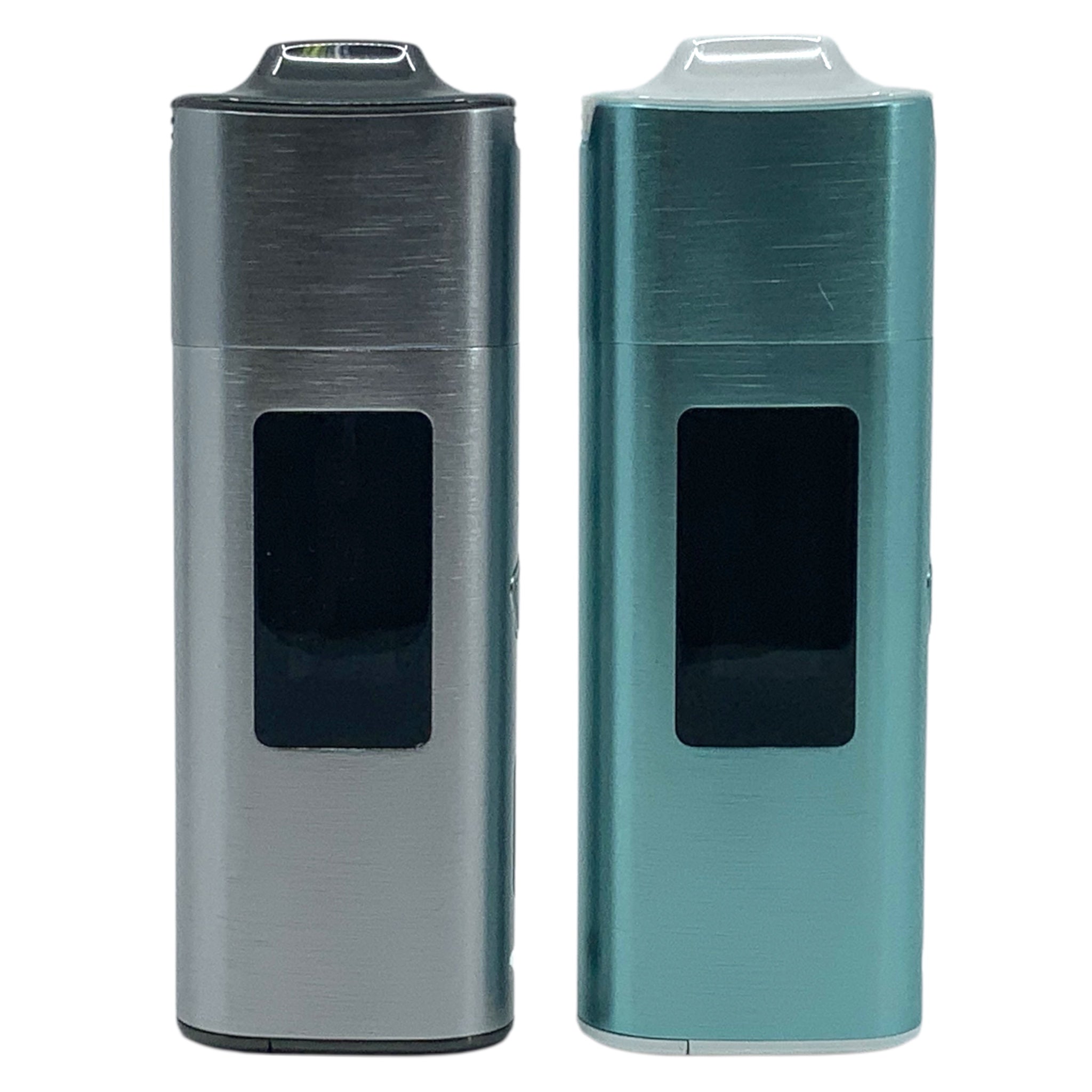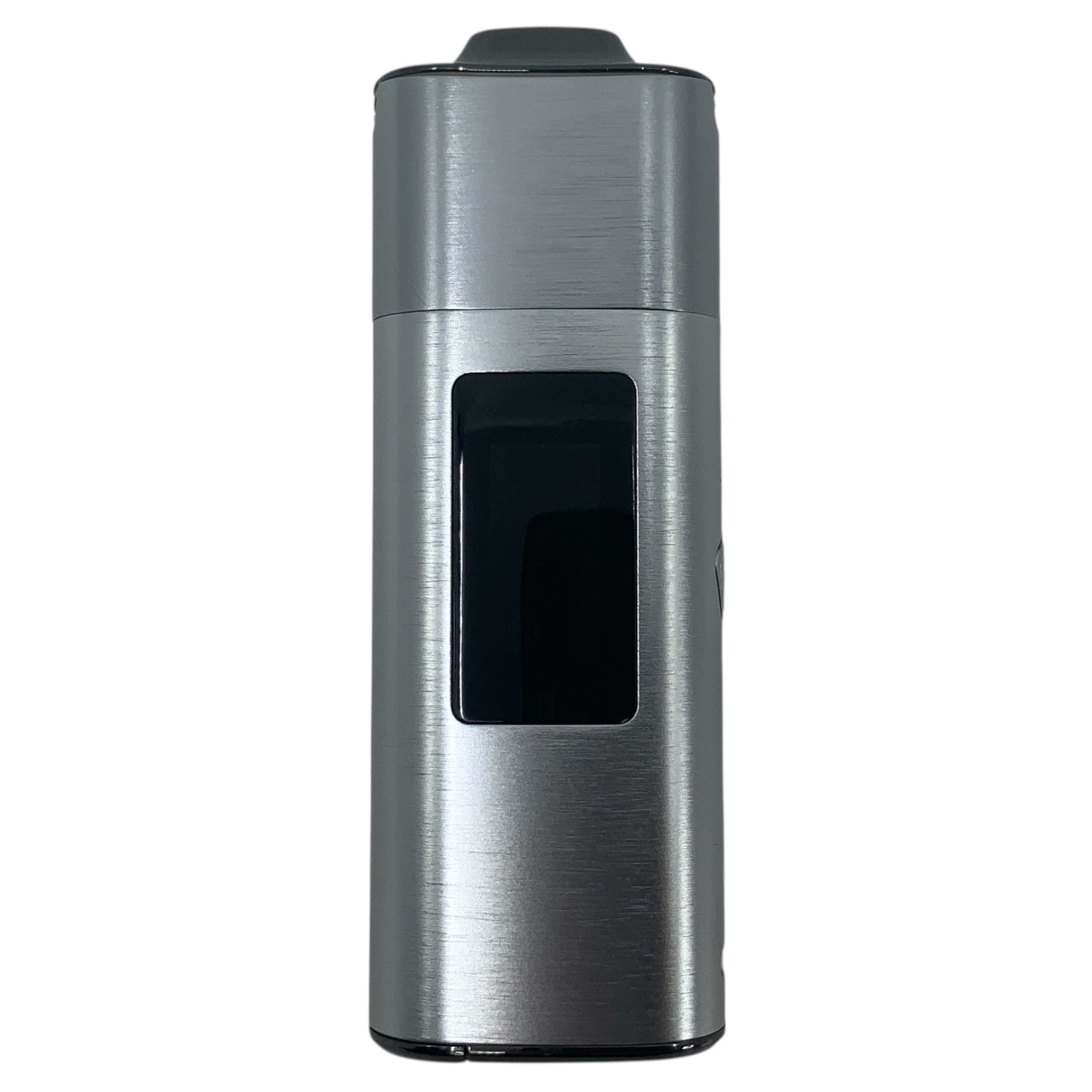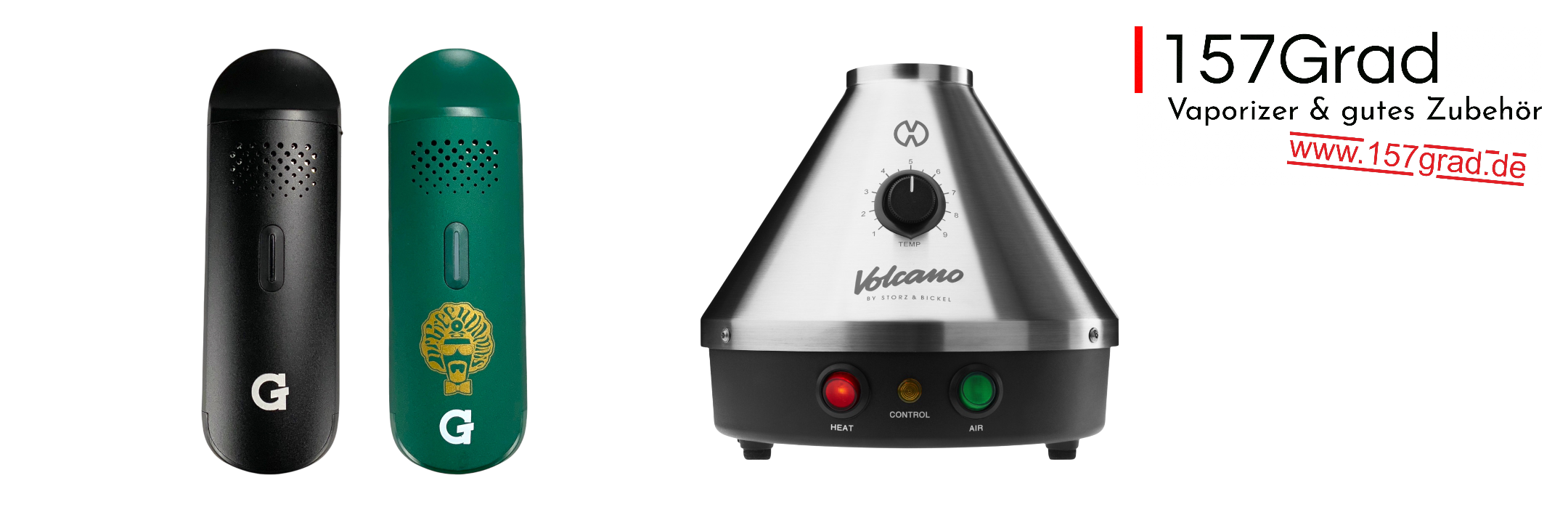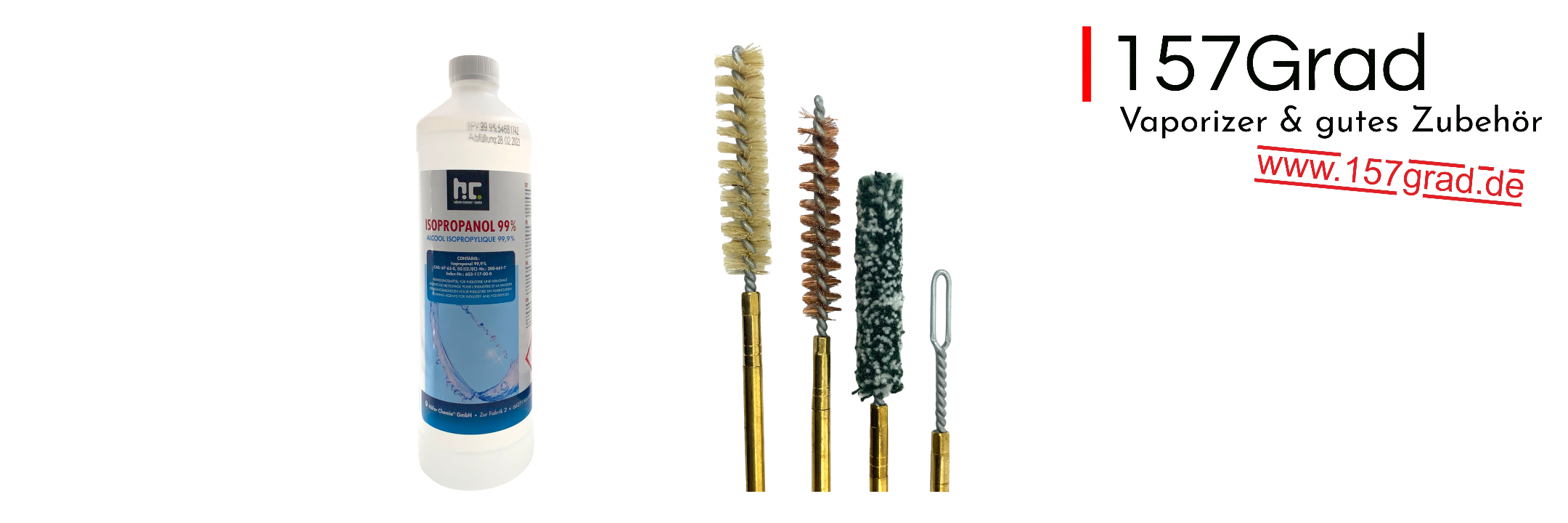You pack your favorite herb into the chamber, press the button or pull out the lighter and you're off. But whether the result is mild, powerful or harsh is decided by something completely different: the vaporizer temperature. It influences the effect, taste and even your health.
This article will teach you how to correctly use temperature with both electric and manual devices. You will receive clear recommendations, practical tips, and insights into the differences between herbs, techniques, and applications. And at the very end, you'll find five concise FAQs with answers to frequently asked questions.
Understanding Vaporizer Temperatures: What Really Happens When Heating
The vaporizer temperature determines what your herb can really do. Because depending on the heat, certain ingredients are activated, or not. At low temperatures, often less happens than expected; at too high temperatures, combustion instead of vaporization is a risk. The release of active ingredients depends heavily on the chosen temperature setting. You want an effect, but without smoke? Then you need the desired temperature, not just any temperature.
Herbs and concentrates behave differently. Some concentrates require higher temperatures, while others release their effects at lower temperatures. The exact temperature depends heavily on the type of concentrate. The art lies in the fine-tuning of the different temperatures; otherwise, uneven heating quickly occurs, which ruins the taste and misses the perfect vaping experience.
Beginners in vaping benefit from a quick overview: 160–180 °C for a gentle effect and fine vapor, 180–200 °C for more intensive extraction. Portable vaporizers usually offer flexible temperature settings that allow you to do just that. This way you can optimally vaporize your material – without any compromises.
Targeted evaporation of active ingredients: How temperatures influence the result
The vaporizer temperature determines not only the effect, but also what you are actually inhaling. Terpenes and cannabinoids from medical cannabis, as well as many other substances, need heat, but in the right dose. They only start to release at certain temperatures. Too much? Then not only the taste suffers, but also your health.
At low temperatures (approx. 160–175 °C) you get a gentle, clear aroma with a relaxing effect. Medium temperatures (175–195 °C) provide broader effects and more vapor. If you want to get everything out of it, increase the set temperature to 200 °C - but be careful: the closer to the limit, the more likely you are to risk a loss of quality.
To help you get the most out of your herbal vaporizer, here's an overview:
-
Low temperatures : Focus on flavor and terpenes.
-
Moderate temperatures : Good balance of aroma and effect.
-
High temperatures : Stronger effect due to more complete release of active ingredients, but less aroma and a higher risk of irritants.
A vaporizer shop like 157Grad supplies you with suitable devices with precise control. For even heating and the optimal temperature that's just right for you.
Which vaporizer temperature is suitable for whom
Not every vapor temperature suits everyone, and this is where good vaping separates itself from mere attempts. If you're just starting out or want to try microdosing, a gentle, low temperature is ideal. It delivers a clear aroma without being overwhelming. Devices like the Tinymight vaporizer or a flexible vaporizer from Black Leaf are a good choice here.
Aroma enthusiasts and health-conscious users value precision. Every nuance matters to them. The ideal vaporizer temperature is usually in the medium range, enough for effect but without loss of taste or ingredients. Models with precise temperature control score points here.
When using medical cannabis, reliable vaporizer temperature and consistent quality are crucial. The Mighty Medic or the Storz & Bickel Venty deliver what is needed: targeted release, consistent results, whether in everyday life or for targeted relief.
The optimal vaporizer temperature for different herbs and purposes.
Whether for calming down or for breathing easier: Each herb requires its own vaporizer temperature setting. Because the ingredients of lavender, thyme, or valerian don't release at a uniform temperature. Only those who know when what is released get the best out of their device. No matter if you have a Wolkenkraft vaporizer (like for example the... If you use a Wolkenkraft Äris ULTRA , Dry Herb Pen or Hizen Vaporizer, the temperature must be adjusted to suit the purpose.
For gentle herbs like chamomile, 130–150 °C is often sufficient. For valerian, lavender, or mint, the vaporizer temperature is slightly higher, around 160–180 °C. Medical cannabis, however, only unfolds its effect at 180–210 °C. Depending on the variety and desired effect, it's worthwhile to fine-tune the heat, e.g., with the Firefly 2+ or Arizer.
The following table shows you popular herbs and the appropriate temperature at a glance:
|
Cabbage |
Recommended temperature |
Effect/Application Goal |
|---|---|---|
|
Chamomile |
130–150 °C |
Soothing, relaxing |
|
Lavender |
130–160 °C |
Stress reduction, inner balance |
|
Valerian |
160–175 °C |
Sleep aid, nervous restlessness |
|
Thyme |
130–150 °C |
Expectorant, for coughs |
|
Mint |
150–170 °C |
Revitalizing, cooling |
|
Medical Cannabis |
180–210 °C |
Pain relief, relaxation |
These values will help you to make the most of your device, whether you want to buy a new vaporizer or still need to buy the right grinder.
The 157grad Guide for Manual and Electric Vaporizers
Manual and electric devices each have their own strengths, and the 157grad guide helps you get the very best out of them. While a tabletop vaporizer like the Storz & Bickel Volcano Hybrid scores points with its precise temperature control, a Dynavap The M7 requires a delicate touch. With the right know-how, you'll get a first-class experience from any device, whether you use a vape pen , the Pax Plus , or the Vapman.
Especially with mechanical solutions like the Dynavap Armored Cap, the right timing is crucial. Here are a few simple tips to help you master the heating process:
-
Constantly rotate the VapCap while heating to ensure even heat distribution.
-
Listen carefully to the clicking sound; it will show you the perfect moment to inhale.
-
Use a jet lighter for precise control and a stable temperature.
And why exactly 157 degrees? 157 °C is considered a reference value, as in this range the first active ingredients from medical cannabis or certain terpenes begin to dissolve. An ideal entry point for vaporizers for beginners and a solid base for experienced users. Whether you are still looking or have already tested, your vape shop should carry devices that impress in vaporizer tests.
Conduction vs. Convection: How Design Affects Temperatures
Whether your vaporizer uses conduction or convection makes a big difference, especially in terms of temperature stability. With conduction, the herb is in direct contact with the hot surface. This ensures a quick effect, but also leads to localized overheating. Convection, on the other hand, heats the air that flows through the chamber. This allows for a more even vaporizer temperature and better control.
If you prefer smooth, aromatic draws, convection is the way to go. Devices like the Volcano Hybrid Vaporizer or the medical Volcano Medic score points here with precise controllability. Conduction devices deliver more heat in less time, but are more demanding to handle, especially if you value high-quality vaporizers.
The ideal temperature ranges vary depending on the design. Conduction often requires slightly higher temperatures (approx. 190–210 °C), while convection can be effective at temperatures below 170 °C depending on the design and type of herb; however, the optimal range is often between 170 and 200 °C. Whatever you use, regular cleaning of the vaporizer pays off. And if you're looking for the right accessories: In a well-stocked online headshop you'll find everything to complete your set.
Vaping with a system: How to find your ideal temperatures
You won't find the perfect temperature right away, but you can find it systematically. When vaping, it's best to start at the lower end and slowly work your way up. This way you can see how the taste, effect and vapor production change. The classic Volcano temperature chart can give you initial guidance, regardless of whether you are working with flowers or concentrates.
Your daily routine also plays a role. In the morning, lower temperatures are often sufficient for a clear head, while in the evening you can enjoy a more intense experience. Those who carefully adjust the temperature according to their mood get more out of the material and the moment. Small tools like Bluetooth apps help you to regulate precisely and save your favorite setting.
If you also want to fill capsules, testing is doubly worthwhile: This keeps your device clean, and you can compare different types at exactly the same temperature. Those who consciously design their vaping experience will quickly realize how much control is really possible – and how good that feels.
Conclusion: Vaporizing to the point - how to use your device efficiently
The right vaporizer temperature is more than just a technical setting. It determines how effectively, tastily, and gently you use your device. Knowing which heat triggers what gives you not only more control, but also more from vaping itself. Because temperature means effect, and with the right knowledge you achieve exactly what you hope for from your herbal vaporizer.
Whether gentle or intense: those who know and understand the temperature ranges can use their device purposefully and tailor the vapor to suit the situation. However, consistently good vaporizing also means consciously dosing your material, cleaning regularly, and inhaling systematically instead of randomly.
If you are unsure about the ideal temperature or want to optimize your setup, we will gladly help you. You can call us, write an email, or contact us directly through our website at any time. We will advise you personally, honestly, and competently on everything that is important for optimal vaporizer use.
Frequently Asked Questions (FAQs) about Vaporizer Temperature
What is the ideal temperature for medical cannabis in a vaporizer?
For medical cannabis, the recommended temperature is usually between 170 and 210 °C, depending on the strain and desired effect. Please strictly follow the dosage and temperature instructions prescribed by your doctor!
Why does the steam sometimes taste burnt?
It is usually due to a temperature setting that is too high or heating for too long without a break. Soiled heating chambers or ground coffee that is too fine can also negatively affect the taste.
Do I need to adjust the temperature depending on the type of cabbage?
Absolutely. Each herb has its own optimal range, and the effect changes significantly with temperature.
How do I find the right temperature for a manual vaporizer?
Gradually work your way up. Start with short heating phases and pay close attention to the click, steam development and taste. Experience plays a big role here.
Does an app help with temperature control?
Yes, with digital devices using Bluetooth, the temperature can often be controlled very precisely. This can significantly simplify operation, especially for beginners.


